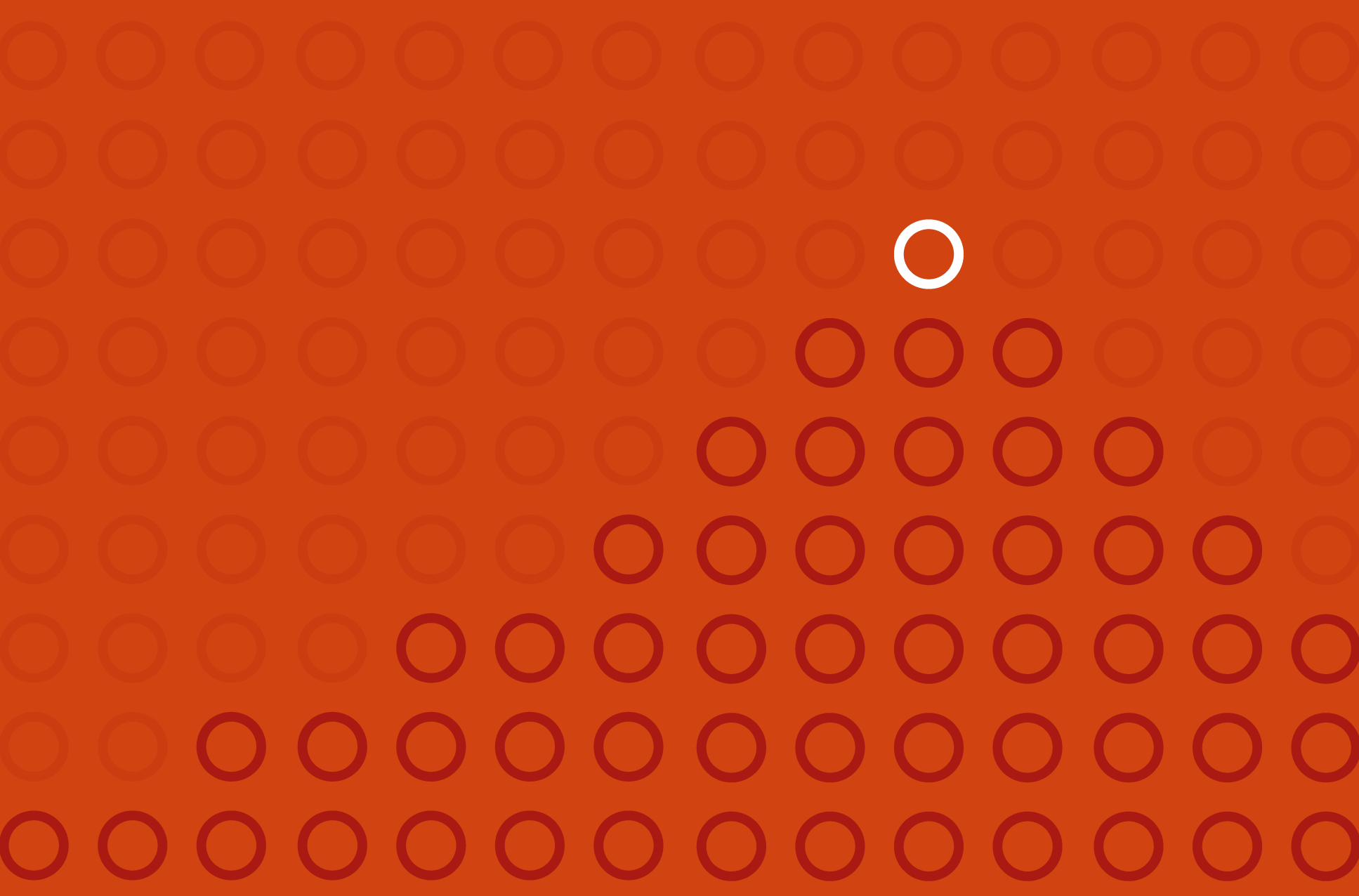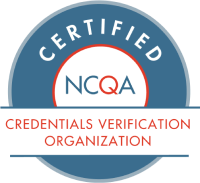Once having paper copies filed away in an alphabetized filing cabinet brought a feeling of security to an office. If you needed to check your records, you could physically track down the paper trail (as long has it had been filed correctly). Nowadays, with secure, cloud-based filing systems, paper copies are considered less secure and harder to find—where is that ?f on the filing cabinet?
While many offices are happily shifting to the electronic management of files, credentialing departments at hospitals and insurance companies are often still dependent on faxes and signed hardcopy applications. So the thought of credentialing departments going paperless may seem not only impractical, but impossible. However, with the implementation of electronic and automated credentialing software, the opportunity to go paperless is now a real possibility for credentialing departments.
Here are five tips to consider if your office is considering going paperless:
1. Set up an electronic filing system.
Likely, your organization already has an e-filing system—hopefully it is cloud-based so you can access it anywhere, anytime—but until you’ve made the choice to go paperless, your department may not have standardized way to save and catalog incoming documents. You will want to choose a method that allows you to index and search your documents with the appropriate keywords. The key is to be consistent so that everyone on your team will be able to find the appropriate documents.
2. Set up an electronic credentialing application system.
Going paperless does not simply mean scanning and filing an e-copy of a provider’s credentialing application and verification. It is an opportunity to re-think how you interact with physicians and make the interaction more meaningful and user friendly. At CredSimple we make it easy to get started with an online application by giving your providers a fully integrated credentialing application via the CredSimple platform.
Providers are guided through a streamlined electronic application and CAQH-aligned attestation questions with a release form they can sign electronically. Electronic applications simplify physician credentialing for your providers and for your department. It takes most providers less than 10 minutes to complete the application and as soon as they hit submit, CredSimple receives the electronic file and immediately goes to work on the Primary Source Verifications in real time and an electronic file for the credentialing process has been generated automatically for your records as well.
3. Do scan documents for your records.
As you transition to an electronic application system, you will still have paper documents that you will need to maintain for your records. You will want to scan and save them to your electronic filing system or save them as attachments into your electronic credentialing system, and then shred the paper document. While it may appear laborious during the transition, the scanning of documents will help your team learn the new e-filing and credentialing systems.
4. Give kudos where they are due.
Change is hard. Going paperless is a big change for any office, especially a credentialing department. Your team may be resistant to learning new processes and leaving behind the old, familiar credentialing paper trail. It’s important to message the electronic application process and the electronic filing system as a new strategy that will benefit the credentialing department and your organization as whole. Going paperless isn’t just environmentally friendly and efficient, it’s the future. If your credentialing department is able to go paperless, you are giving your organization a competitive advantage.
5. Stay Compliant.
Auditors and compliance teams are also used to looking at paper documents, so you will want to choose a credentialing and electronic filing system that makes it easy for them see the audit trail.
Like any kind of disruption to the status quo, going paperless can be a challenge for individuals and departments. However, once the transition to an electronic credentialing process is made and all the added benefits, such as accurate and easy-to-update provider data, are realized, the only question you will be asking is: Why didn’t we go paperless sooner?



